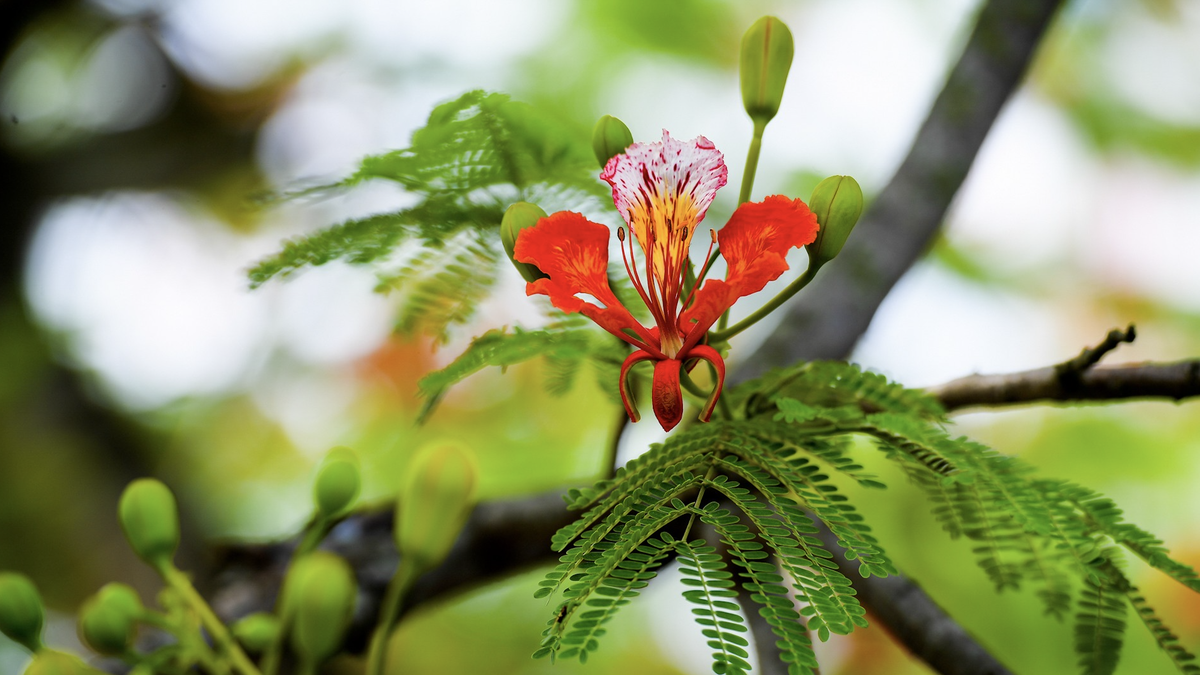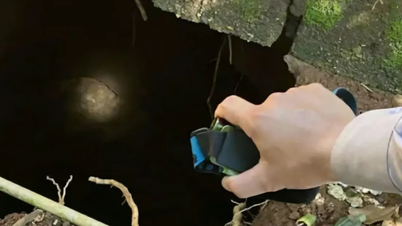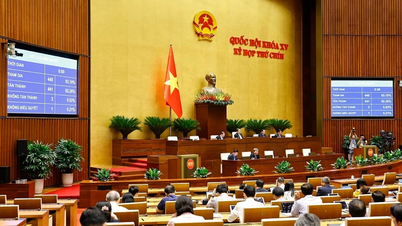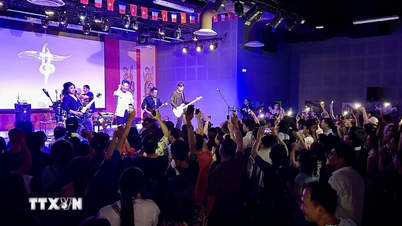This may be the result of a process that is considered the “collapse” of the creative practice space model, when for quite a while before, performances at HRC were continuously postponed or canceled.
The end of HRC is considered a shock to those who want to start a creative career, especially in music, but it is not a surprise to those who are knowledgeable about this field. Despite its many ambitions, HRC is not immune to the economic problem of maintaining complexes or creative practice spaces.
In fact, most of these places are established and connected by young people with the same passion and desire for creativity. However, on the road to success, not everyone can survive while working full-time to take care of their personal and family lives, while also taking care of these emotional but low-profit spaces.
A convenient location, a beautiful space can bring attractive profits if converted to exploit culinary business, office building... but with a space for practicing artistic creation, requiring an increase in revenue and profit overnight is completely impossible. Simply, it requires a journey of daring to do - daring to make mistakes to gradually perfect, reaching the public.
Not only HRC, many complexes and art practice spaces in Ho Chi Minh City have also closed after a period of operation such as Incubator, The NutShell, The Factory... Even many spaces that were associated with awards honoring artists practicing contemporary art have ended their operations, leaving many regrets for the community.
There are many explanations for the reason why these creative spaces “wither before they bloom”, such as there is currently no specific legal basis for this activity. For tax authorities, they can be “business households”, “limited liability companies”, “joint stock companies”; for the community, they promote themselves as a non-profit organization, aneducational institution, a group of artists, a co-working space.
Thus, investors in these spaces must fulfill their tax obligations like any other registered business, even though most of the spaces are operating non-profitably. For spaces with research, development, and experimental purposes, paying taxes is a real challenge.
Understanding the importance of spaces for practicing artistic creativity, right after the Cultural Industry Development Strategy was approved by the Ho Chi Minh City People's Committee, the Department of Culture and Sports proposed the establishment of the Ho Chi Minh City Cultural Industry Development Center. This is considered a startup center in the creative field, supporting art practitioners and connecting with the public.
It can be seen that this is a practical step, because in order to have creative art products contributing to the city's GRDP, we need practitioners, the public to accept, and form the steps from basic to professional of an industry... In which, the first step is to have a space to support creative practitioners who dare to commit, connect with the public to form creative trends in the country's art.
Source: https://www.sggp.org.vn/kien-tao-khong-gian-cho-thuc-hanh-sang-tao-post799523.html

































































































Comment (0)